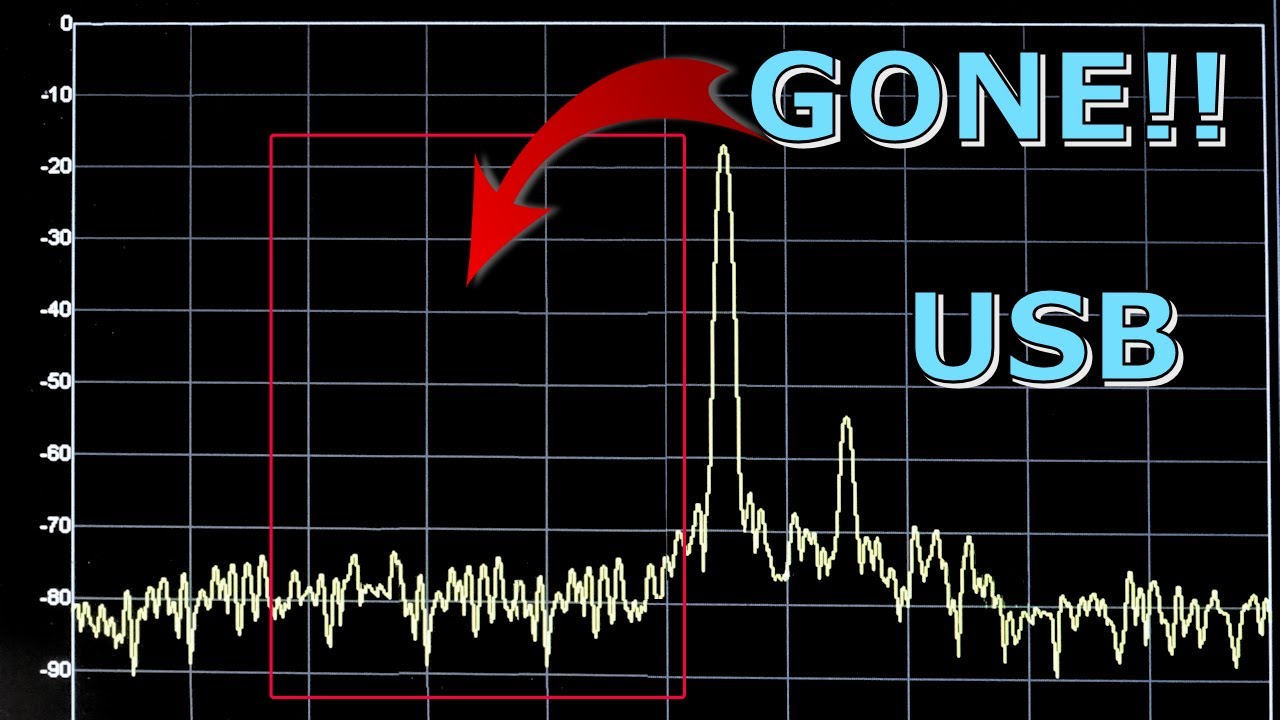Amplitude modulation (AM) to encode voice or other information on a radio carrier signal is trivially easy to accomplish with very simple tube or transistor circuits and can be decoded on the receiver end with nothing more complicated than a diode, but it is very inefficient in terms of power (most of the energy sent by the transmitter goes into a carrier wave that carries no information at all) and bandwidth (in the frequency domain, the signals that carry the information are duplicated on both sides of the carrier frequency in “sidebands”, with the duplication adding no additional information while doubling the bandwidth requirement and power).
What if you could eliminate the carrier wave and one half of the sidebands, and send just one set of sidebands, devoting all of the transmitter’s power to them? You’d end with a signal that had more than twice the effective power and less than half the bandwidth requirement. This was realised early in the history of radio, and in 1915 a patent application was filed (but not granted until 1923, Patent 1,449,382) for what came to be called single-sideband modulation (SSB). In 1927, SSB began to be used on longwave transatlantic telephone transmitters and today essentially all voice communications that have not migrated to frequency modulation (FM) or some form of digital encoding use SSB, with commercial AM broadcasting just about the sole holdout.
What is remarkable about SSB is not that it works and is very efficient, but that it can be encoded and decoded by simple analogue circuits which were practical to build with vacuum tubes decades prior to innovations such as transistors, integrated circuits, and fast Fourier transforms. But how do you do that?
(Note to pedants: SSB is more precisely described as “single-sideband suppressed carrier” modulation, as not only half of the sidebands but also the carrier wave are eliminated. It would be possible to transmit the carrier and just the sidebands on one side of it, but that would do nothing but waste energy, so it isn’t done.)
